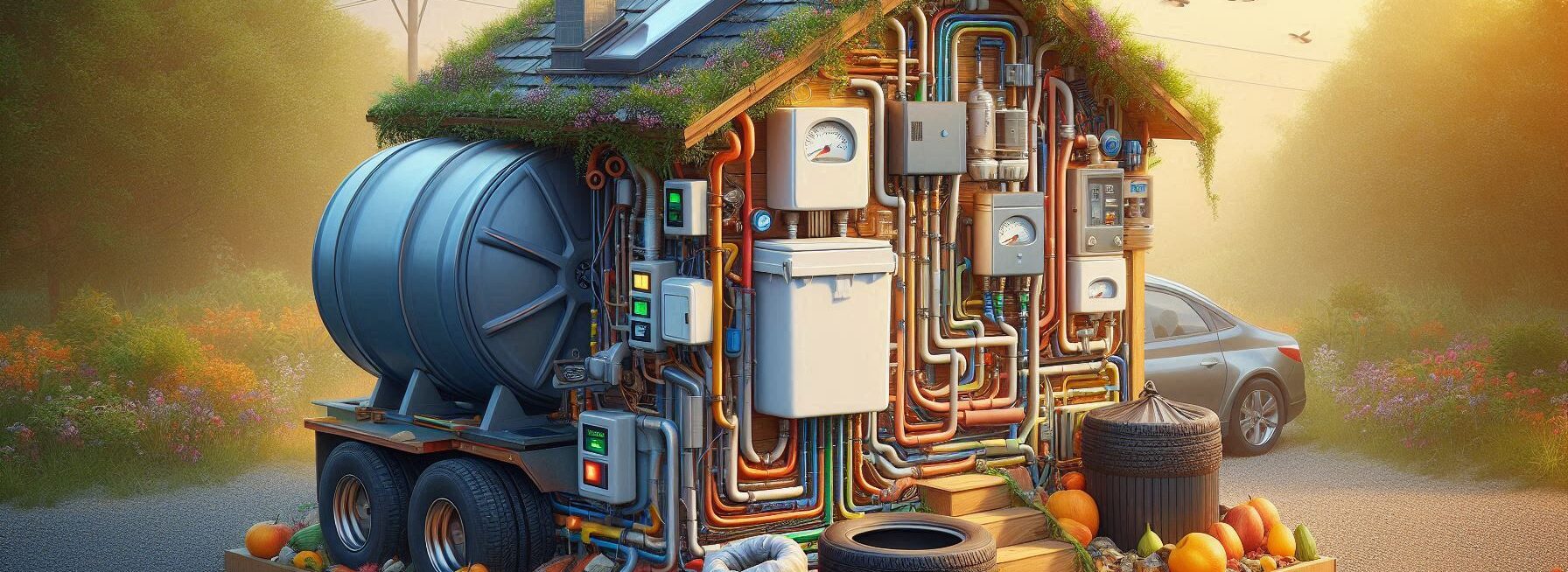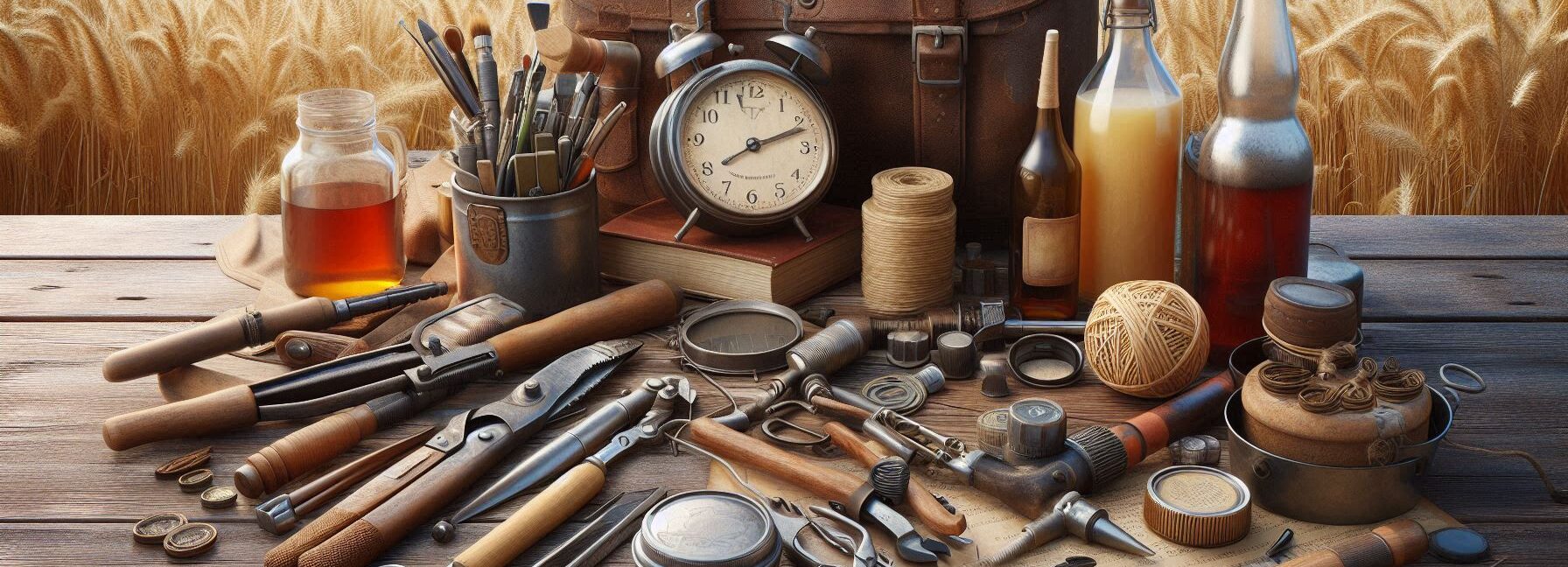Last Updated on November 2, 2025 by Kevin Collier
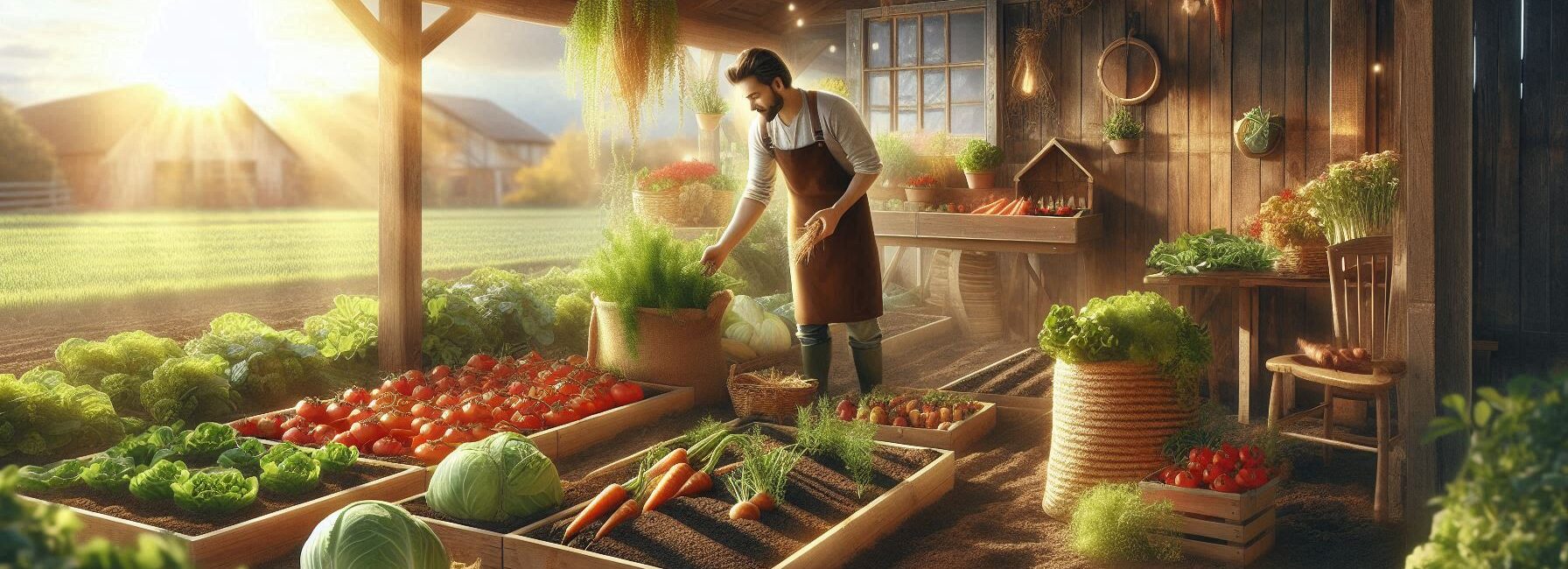
Top Takeaways and Key Concepts
– Select hardy crops that thrive in your local climate for year-round growth.
– Utilize greenhouse structures to protect plants from harsh weather conditions.
– Plan crop rotation to maintain soil health and increase yields.
– Implement vertical gardening techniques to maximize limited space efficiently.
– Preserve your harvest through canning or freezing for long-term storage.
Growing your own food year-round? That’s like having your very own cooking show. Just without the stage lights and celebrity chefs. Picture this: you step outside, wearing your favorite gardening gloves—probably a bit dirty, but who cares? You’re about to gather bright red tomatoes, crunchy lettuce, and fresh herbs. It’s a little like magic.
Please Note: This post may contain affiliate links. If you click one of them, we may receive a commission at no extra cost to you. As an Amazon Associate, I earn from qualifying purchases.
Eating fresh food feels great, right? It’s not just about staying healthy. There’s something special about being a modern pioneer. You’re tapping into the earth, and it feels good.
Keeping your garden happy can be tricky sometimes. Mother Nature can throw curveballs. For summer, make sure you’ve got plenty of sunshine. In winter, consider using little greenhouses or row covers to protect your plants from cold. You can even try growing indoors with some pots by the window. No plant left behind!
Watering is super important. But don’t worry! You don’t have to be a watering master. Just keep an eye on them. A splash every couple of days usually does the trick. It’s kind of like giving a drink to a friend—super easy!
Pests can be a pain. Just like those pesky bugs that buzz about. Don't freak out if you see them. Try some natural cures. Soap and water can do a lot of good. Or you may plant flowers nearby to draw in good bugs that consume the nasty ones. It's like making a little ecosystem.
And don't forget to have fun with it. Choosing the right tomatoes? So satisfying. It's not just about getting to the end; it's about the trip. Enjoy those small victories, like when the first sprout comes up through the ground.
It feels good to grow food. You are not simply planting seeds; you are also growing happiness and a connection to what you eat. So, go ahead and eat, my friend! If you keep that garden going, you'll be the star of your own show, even if your gloves are dirty.
Contents of This Page
*** Shop for Survival Gear - Tools - Kits ***
Survival Gear - Bags and Backpacks - Knives - Boots/Footwear - Communication
Outdoor Cooking - Gloves - Hydration - Dry Boxes - Water Filtration Systems
Tents - Sleeping Bags - First Aid Kits - Multi-Tools - Flashlights - Fire Starters
Navigation - Survival Food - Night Vision - Headlamps - Stun Guns - Binoculars
Understanding Your Growing Zone

Before you start planting seeds like they’re confetti at a party, take a moment to understand your growing zone. This is crucial because not all plants are created equal; some thrive in warm weather while others prefer to chill out in cooler temperatures.
By the way, if you're unsure of your zone, check out the USDA Plant Hardiness Zone Map—it’s basically the map for plant happiness.
Once you know your zone, you can plan accordingly. For example, if you're in a colder area (like where I grew up—brrr!), consider starting with cold-hardy crops such as kale or spinach. These leafy greens seem to have an unshakeable confidence when it comes to frost. Honestly, I’ve seen kale survive conditions that would make me want to hibernate!
On the other hand, if you’re lucky enough to live somewhere sunny and warm (cue envy), then go wild with summer vegetables like tomatoes and peppers.
But remember: even these sun-loving plants need attention during those hot summer days. So stay vigilant—you don’t want them wilting away faster than my motivation after binge-watching a new series!
Season Extension Techniques
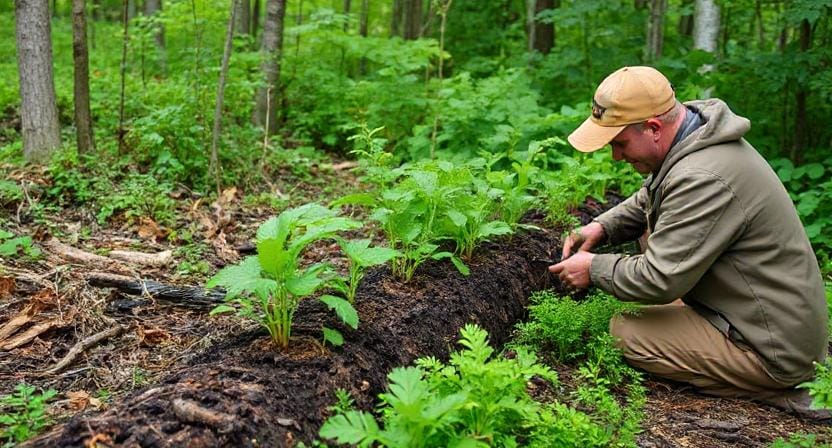
Let’s face it: winter can be brutal for gardeners. Just when we think we’re ready for our next harvest of juicy tomatoes, snowflakes decide to crash the party. However, fear not! There are several season extension techniques that can help keep those crops alive longer than my last pair of running shoes.
One popular method is using row covers or cloches. These handy little inventions create mini-greenhouses around your plants—keeping them cozy and protected from frosty nights while allowing sunlight through. Just imagine wrapping your veggies in their own personal blanket; they’ll feel pampered!
Cold frames are another fantastic option if you're feeling ambitious (and have some spare wood lying around). They act as miniature greenhouses where you can grow seedlings early in spring or extend fall harvests well into winter months. Trust me; it feels pretty cool when you’re harvesting fresh greens while everyone else is bundled up inside sipping hot cocoa.
And let’s not forget about greenhouses! If you've got space and resources for one (or even a small hoop house), this will open up endless possibilities for year-round gardening success! You could be growing everything from cucumbers in January to strawberries in December—all while staying warm yourself!
Choosing the Right Crops
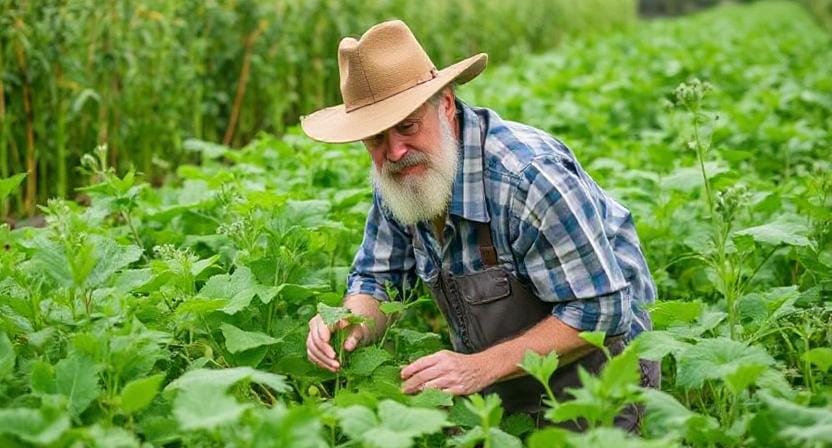
Now comes perhaps one of the most important parts: choosing what crops to grow! Not every vegetable wants to hang out together—kind of like high school cliques but with more dirt involved.
Start by selecting varieties that suit both your taste buds and climate conditions. Leafy greens are generally great choices since they tend to flourish during cooler months—they’re basically nature's salad mix!
Meanwhile, root vegetables like carrots or potatoes love digging deep into that soil no matter what season it is.
By the way, consider incorporating perennial crops into your garden plans too! Perennials come back year after year without needing replanting—a bit like that neighbor who keeps borrowing tools but never returns them (but much more useful!).
Asparagus and rhubarb are excellent examples of perennials worth adding because once established, they’ll provide delicious yields for many seasons ahead.
And speaking of deliciousness…don’t overlook herbs! Herbs like basil or rosemary can add flavor flair without requiring tons of effort on our part—and trust me; nothing beats fresh basil on homemade pizza!
Soil Health Matters
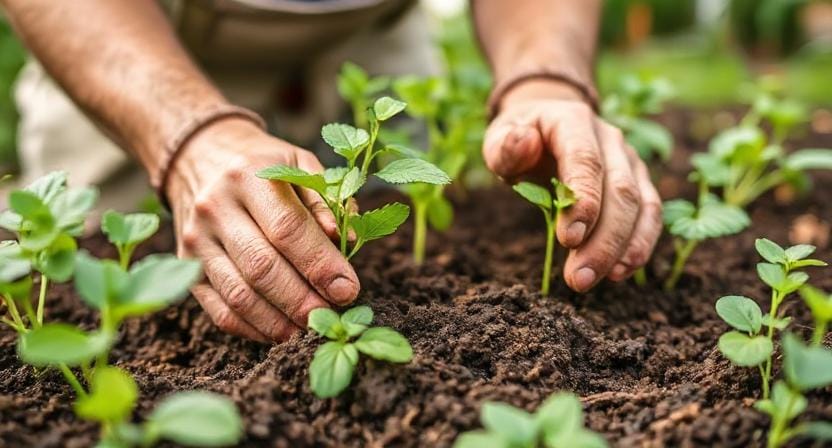
Ah yes—the foundation upon which all our dreams of homegrown food rest: soil health! Without good soil quality, it's kind of like trying to build a sandcastle at low tide—not going anywhere fast!
Investing time into improving soil structure should be top priority number one (after making sure there aren’t any gopher holes threatening precious roots). Start by testing pH levels using simple DIY kits available online or at garden centers—it takes only minutes but gives insights into how happy—or unhappy—your soil might be.
Adding organic matter through composting helps enrich nutrient content while also improving drainage capabilities over time—not unlike giving those poor roots their very own spa day! And honestly? Who wouldn’t want their plants living life luxuriously?
Mulching around plants also aids moisture retention during dry spells while suppressing pesky weeds trying desperately for attention—kind of like toddlers vying for their parents’ love during family gatherings!
Embracing Vertical Gardening
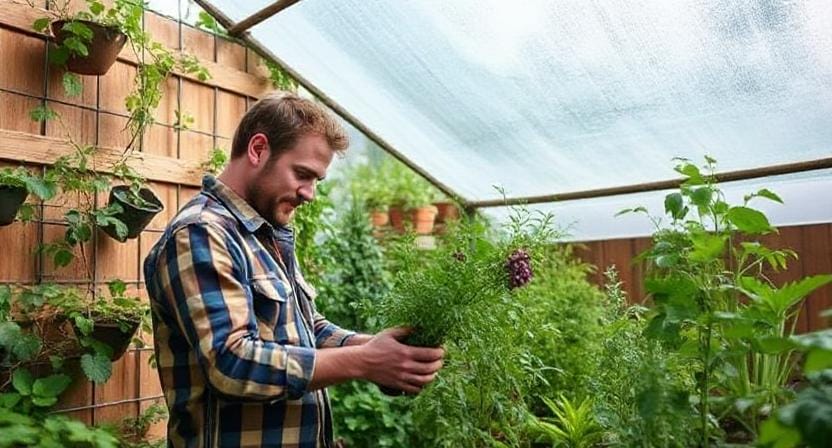
If space seems limited on your homestead (and let’s face it—we’ve all been there), vertical gardening may just become your best friend! This technique allows us gardeners to utilize walls or fences creatively instead of spreading ourselves thin across flat ground—which sounds exhausting anyway!
Consider trellising climbing plants such as peas or beans so they can reach new heights literally—and metaphorically speaking too—it gives them room above ground level where air circulation becomes better too!
Container gardens stacked vertically also work wonders whether indoors near windowsills or outdoors on patios alike—you’d be surprised how much produce fits within small spaces when arranged smartly rather than sprawled chaotically everywhere else!
So, grab those hanging baskets filled with strawberries next time shopping—they’ll dangle delightfully downwards inviting sweet treats right outside doorstep whenever craving strikes unexpectedly late-night snack sessions arise spontaneously again…
Harvesting Wisely
Lastly but certainly not least comes harvesting wisely—a skill often overlooked until faced head-on with ripe produce begging us relentlessly each day demanding attention now please!!
Timing plays an essential role here since waiting too long results either toughened skins resembling leather jackets nobody wants anymore OR losing precious flavors entirely before realizing something went wrong along way somehow…it happens folks!!
Remember: picking fruits/vegetables regularly encourages further growth & production throughout season ensuring bounty keeps coming nonstop as long we remain diligent caretakers tending lovingly always ready rewards await patiently just beyond garden gates beckoning endlessly forward…
Asking questions helps clarify your needs and gives a better overall experience. You will have glorious meals prepared directly using ingredients grown personally and cultivated proudly.
Frequently Asked Questions
What crops grow best year-round on a homestead?
Hardy crops like kale, spinach, carrots, and certain herbs perform well across seasons, especially when supported by protection methods like covers or greenhouses.
Do I need a greenhouse to grow food year-round?
No, but greenhouses, cold frames, or row covers greatly improve winter production and protect plants during harsh weather.
Why is crop rotation important?
Crop rotation prevents soil nutrient depletion, reduces pest buildup, and improves long-term garden productivity.
How can vertical gardening help on small homesteads?
Vertical gardening maximizes limited space by growing plants upward using trellises, cages, or stacked planters.
What are good ways to protect plants from winter cold?
Greenhouses, low tunnels, frost blankets, and cold frames shield crops from frost and wind while retaining warmth.
How should I water year-round crops?
Consistent moderate watering is ideal, with adjustments based on season, weather, indoor setups, and soil moisture levels.
How can I preserve excess produce for later use?
Canning, freezing, and drying are effective preservation methods to store homegrown harvests long-term.
Suggested Resources:
How To Start a Vegetable Garden
https://www.gardeningknowhow.com/garden-how-to/vegetable-garden/how-to-start-a-vegetable-garden.htm
The Ultimate Guide to Composting
https://www.thespruce.com/composting-basics-1402616
Vertical Gardening Ideas
https://www.bhg.com/gardening/design/styles/vertical-gardening-ideas/

Kevin Collier is a seasoned survivalist and expert in prepping and homesteading, contributing to WiseSurvive.com. With a deep-rooted passion for self-sufficiency and outdoor survival skills, Kevin shares practical advice, strategies, and resources to help individuals prepare for any challenge. His informative articles cover a range of topics, from essential survival techniques to sustainable living practices, empowering readers to thrive in any situation. Whether you're a novice or a seasoned prepper, Kevin's insights will inspire you to take charge of your readiness and build resilience for the future.

